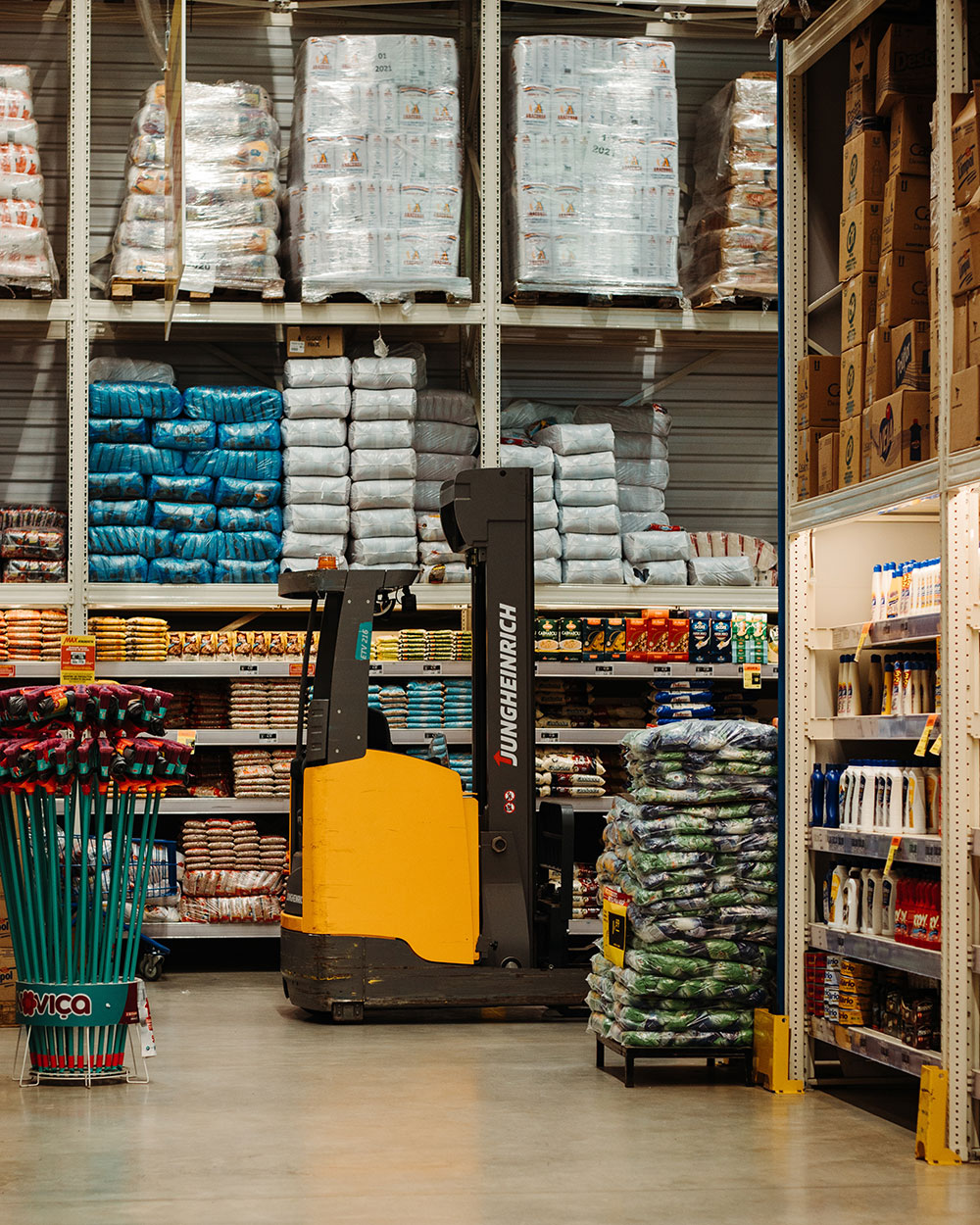With the pandemic compromising supply, raising fuel costs, and spurring on online ordering across Australia and internationally, it’s never been more important than ever for those in the retail and manufacturing business to be on top of their game. One of the most impacted areas is that of warehouse employees, who have been forced to train a slew of new workers, under ever-increasing time constraints. How might warehouse training be improved with virtual reality? We assess the benefits of this immersive technology and how it helps employees retain information and ultimately perform and deliver services at their best.
Warehouse training is essential – it’s something a retail or manufacturing company can’t pass over. Employees working in these high-pressure environments must be trained effectively and efficiently. Warehouses are full of hazards, and while learning on the job or picking up things as you go can work in some industries, it’s not suitable for a warehouse space. Warehouses are under increased pressure to deliver, and the hiring boom means there are fewer experienced employees around to train people on the floor – this possibly creates a greater risk of injury if a workplace becomes congested.
That’s where VR comes in. Virtual reality education places the learner in an incredibly realistic simulated experience, encouraging repetition, the development of appropriate skills and protocols, and greater efficiency. VR safety training can also reduce the length of training, the number of incidents, and the amount of time needed to upskill employees to an acceptable level. With well-designed graphics, interactive exercises, and feedback delivery, VR training offers employees the experience of truly being in a realistic environment, the opportunity to act and recognise the consequences of their decisions in safe ways, and to try manual actions virtually, following VR instructors to pick up new skills. These attributes offer learners complete immersion in the warehouse space and expose them to valuable learning and skills even before they step out onto the floor.
When companies choose VR onboarding or VR group training for their warehouse employees, they’ll see great benefits. Workers will learn correct techniques, such as packaging, loading trucks and lifting, in an environment that’s safe and without risks. They’ll be able to visualise and memorise actions, become aware of their surroundings, and be more conscious of safety practices. VR class training also reduces the time it takes to get workers proficient, as it’s fun, interactive, and easily repeated for optimal retention of information. Additionally, the great advantages VR has for better safety practices are a great plus. Virtual reality tracks a learner’s head movements as they wear a headset, allowing them to identify when they’re not looking in the correct area or when they’re upholding proper safety techniques.
With the emergence of younger employees interested in the appeal of a VR workforce, virtual reality training is an attractive educational tool. Younger workers don’t necessarily learn in the same way that older workers do, and they often come with higher expectations of training, of its technological aspects, and of Metaverse components. Incorporating VR tuition into warehouse onboarding exercises and modules is a great solution to attracting and retaining younger employees. Further, it encourages networking, positive team building, and coaching skills for managers and overseers in VR soft skills, such as empathy, communication, de-escalation, and culture building. It’s truly a great time to consider VR training for your warehouse space.
Summary: How to used VR in warehouse training?
VR offers a solution for effective training in retail and manufacturing warehouses, addressing challenges posed by the pandemic and increased demands.
Warehouses, with their hazards and pressure to deliver, require efficient training; VR’s realistic simulations provide a safer alternative to traditional on-the-job learning.
VR education promotes skill development, protocol understanding, and efficiency, while also reducing incidents and upskilling time through interactive exercises and immersive experiences.
Learners benefit from safe practice, correct technique reinforcement, and improved awareness, enhancing retention, reducing training time, and fostering better safety practices.
VR training attracts a younger workforce, catering to their technological expectations and encouraging team building and soft skill development for both employees and managers.
FAQs
Is VR training cost effective?
When it comes to training and education, virtual reality (VR) can be a cost-effective alternative to traditional classroom lectures. VR lets students experience a real-life scenario in a safe environment that’s not only more engaging but also more cost-efficient.
Is VR training good?
Virtual reality (VR) training is a great way to train employees. It can be used for training employees on how to use a specific piece of equipment or software, as well as teaching them how to perform their jobs in the real world. It’s also useful for educating employees on how to handle a new situation or scenario.
How virtual reality is used in training?
Virtual reality is used in training to simulate real-world situations. It can be used to train a variety of skills, from operating heavy machinery to flying an aeroplane. This is accomplished by using a headset that has built-in headphones, which allow the user to hear what’s going on around them. The headset also blocks out all other sounds.
How do you start virtual reality training?
The first step in virtual reality training is to decide what kind of experience you want to provide your employees with. Do you want them to have an immersive experience with 3D visuals? Do you want them to feel like they’re there? Or do you just want them to learn how different tools work?
What is virtual reality training?
Virtual reality (VR) training is a way to train employees using computer-generated environments that mimic real-world situations. These environments can be created with video game engines or 3D modelling software, and they can be used to simulate any number of scenarios.


